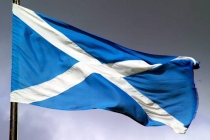Kingdom of Galloway a Gaelic Stronghold
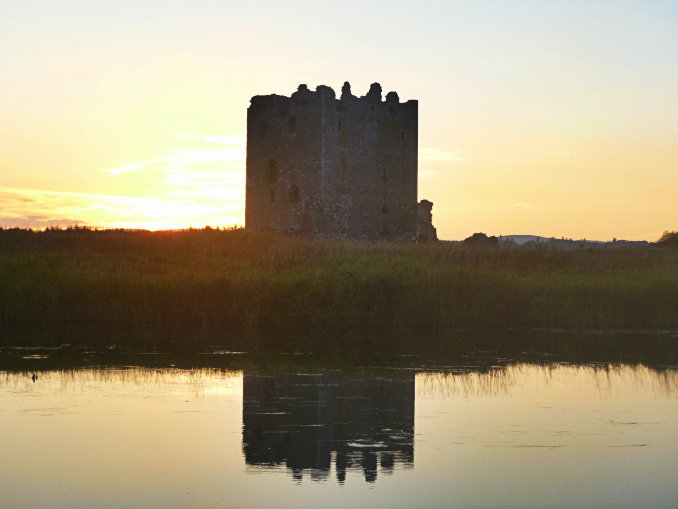
Dumfries and Galloway (Scottish Gaelic: Dùn Phrìs is Gall-Ghaidhealaibh) is a unitary council area in south-west Scotland. It is an area known for its natural beauty made up of forests, coastline, shores, hills, estuaries and winding rivers all with an abundance of wildlife. It has Scotland’s most southerly point, the Mull of Galloway (Scottish Gaelic: Maol nan Gal), from which can be seen clear views of the nations of Ireland and Isle of Man. The part of Dumfries and Galloway that is Galloway (Scottish Gaelic: an Gall-Ghaidhealaibh) is now made up the the historic counties of Stewartry of Kirkcudbright and Wigtownshire. The area has a rich history and the remains of prehistoric monuments and carvings can be found, including the Drumtroddan Cup and Ring Carvings, Drumtroddan Standing Stones and neolithic chambered cairn of Cairnholy. It also has some place-names derived from the Brythonic Celtic language and links to the Pictish people.
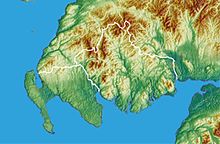
At one time it was known as the Kingdom of Galloway. A Kingdom which at periods covered a much larger area than the present area that we know as Galloway. Including parts of southern Ayrshire (Scottish Gaelic: Siorrachd Inbhir Àir), Carrick (Scottish Gaelic: A' Charraig), Nithsdale (Scottish Gaelic: Strath Nid), The Stewartry of Kirkcudbright (Scottish Gaelic: Cille Chuithbeirt), Nithsdale; Scottish (Gaelic: Srath Nid) and beyond. The Gaelic origins of the name of Galloway gives an indication of the influence of Norse-Gaels (people of Gaelic and Scandinavian origin). As such, for a significant period it was associated with the other Norse-Gael lands of the Hebrides, Isle of Man, Dublin and the Kingdom of Man and the Isles.
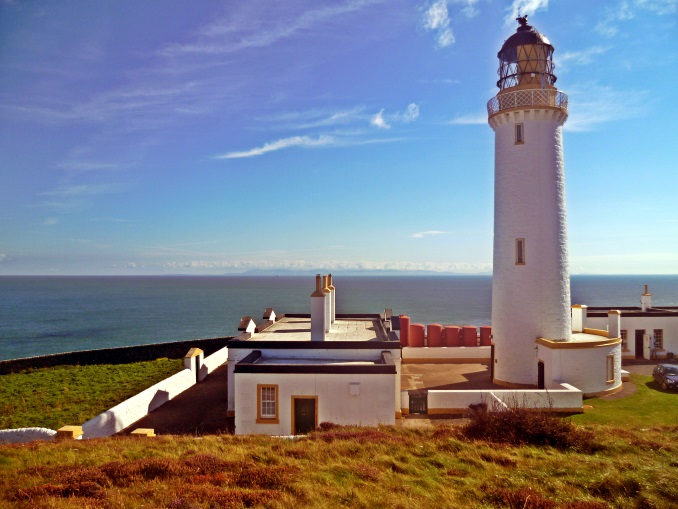
It’s is thought that the first recorded King of Galloway was Suibne mac Cináeda (whose name is recorded in the Annals of Ulster (entries in the Annals cover the period 431 AD to 1540 AD). Fergus of Galloway had taken the throne of Galloway some time in the early twelfth century. Upon his death in 1161 it went to his two sons, Uchtred and Gille Brigte, a period noted for the brutal mutilation, blinding and death of Uchtred in 1174 at the hands of his brother, Gille Brigte. However, it was Uchtred’s son Lochlann, who eventually took over Galloway when Gille Brigte died. Then Lochlann’s son Alan followed; he was recorded as being a very powerful Lord of Galloway until his death in 1234. An unsuccessful attempt to get Alan’s illegitimate son Thomas made successor, against King Alexander of Scotland’s wishes led to a failed revolt. Alexander partitioned Galloway amongst the husbands of three of Alan’s daughters. This really marked the end of Galloway as a separate identifiable kingdom, although it had maintained a level of independent existence until it’s incorporation into the Kingdom of Scotland during the reign of King Alexander III of Scotland (4 September 1241 – 19 March 1286).
The title of Lords of Galloway eventually went to Archibald the Grimm (also known as Black Archibald) as a reward by David II of Scotland for defeating English forces. Archibald Douglas (1320-1400) was Third Earl of Douglas and then Lord of Galloway. He was the illegitimate son of Sir James Douglas, Lord of Douglas (d. 1330). Archibald built the impressive Threave Castle on an island in the River Dee in the 1370's. The Black Douglas dynasty (a name taken from the dark complexion of Archibalds father) dominated southern Scotland between 1388 and 1455. Margaret Douglas known as the Fair Maid of Galloway who died in around 1474 held the Lordship of Galloway in the last years of the Black Douglas dynasty.
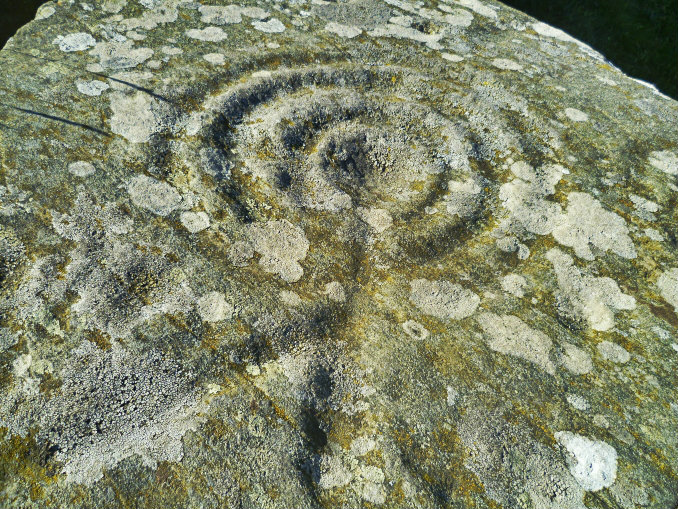
The long history of independence and then a subsequent lesser degree of autonomy in Galloway even after it was absorbed into the Kingdom of Scotland has given it a unique quality that is evident today. It was seen as one of the bastions of Gaelic culture outside of the Scottish Highlands with the Lords of Galloway’s position of power being dependent upon the support of the Gaelic clans. Indeed while the Gaelic language lost ground in other parts of Scotland during the fourteenth century, it remained strong in both Galloway and Ayrshire. This can be evidenced by the large number of Gaelic place names remaining today. Its history is linked to a degree with that of the Northern Isles of Shetland and Orkney, known to the Norse as Norðreyjar but particularly with the Norse-Gael Southern Isles forming the Kingdom of Mann and the Isles (sometimes known as The Kingdom of the Isles) consisting of the Hebrides, the islands in the Firth of Clyde and the Isle of Man which were known to the Norse as Suðreyjar.
Now as with other parts of Scotland, the Gaelic language is experiencing a resurgence in Dumfries and Galloway. Demand for Gaelic school education and adult classes continues to grow. This reflects the view that Scottish Gaelic is an important part of culture and identity, but also growing evidence that the language is proving an economic asset to Scotland and has the potential to bring further benefits.
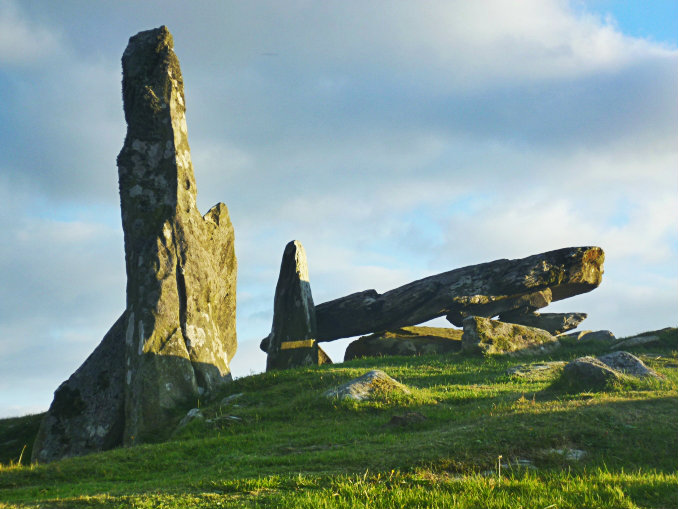
Other related features
Celts and Vikings - Scandinavian Influences on the Celtic Nations
Manx Vikings, the great Irish-Celtic High King Brian Boru and the Battle of Clontarf
The Thing Sites: A Norse-Celtic trail
- Scottish
- English
- Log in to post comments

